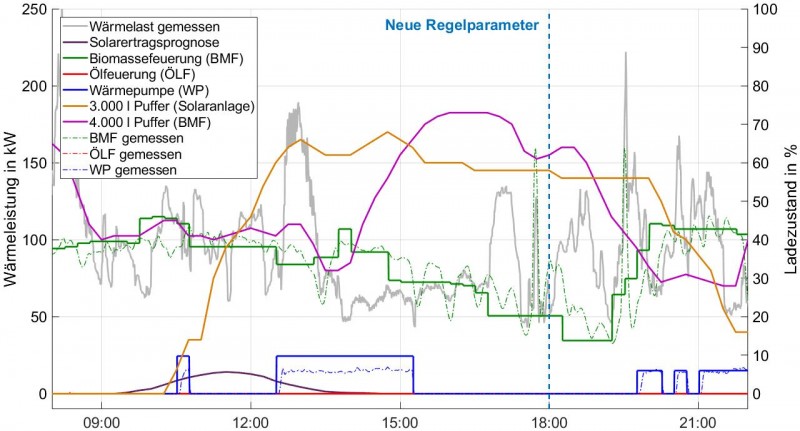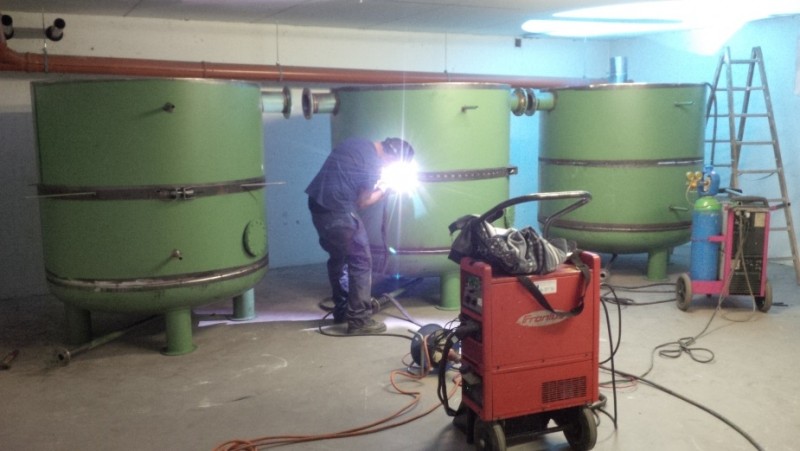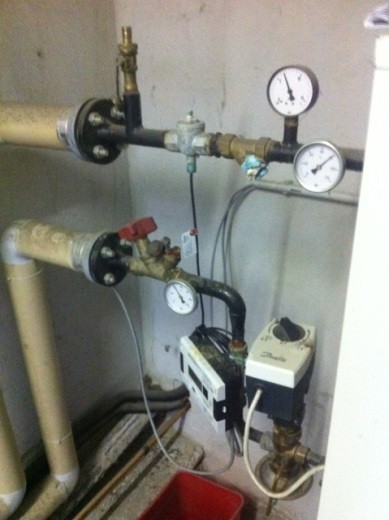Bidirektionale Einbindung von Gebäuden mit Wärmeerzeugern in Wärmenetze 2+
Wärmenetze sind eine hervorragende Möglichkeit, erneuerbare Energieformen in eine umfassende Wärmeversorgung einzubinden und damit CO2-Emissionen sowie andere Umweltbelastungen zu reduzieren. Momentan bleiben aber viele regional verfügbaren Wärmequellen ungenutzt. Zudem gibt es diverse Probleme im Betrieb der Netze; so ist etwa der Sommerbetrieb nahezu immer defizitär.
Auch bei der Regelung werden oft sehr einfache Lösungen verwendet, die das insgesamt vorhandene Potenzial nicht ausnutzen. Stößt ein Netz an seine Kapazitätsgrenzen, so ist eine konventionelle Erweiterung meist nur mit sehr viel Aufwand möglich.
Daher ist es wünschenswert, möglichst alle regional verfügbaren erneuerbaren Wärmequellen (Biomassekessel, solarthermische Anlagen, Abwärme aus Gewerbe-, Industrieprozessen und Kälteanlagen, die mittels Wärmepumpen auf Netztemperatur gehoben werden) einzubinden. Durch diese kann das Netz entlastet werden, defizitäre Betriebsmodi können dann durch intelligente dezentrale Lösungen oft vermieden werden. Zugleich werden Emissionen reduziert, da bei den eingebundenen Kesseln der Teillastbetrieb sowie häufiges Ein- und Ausschalten entfallen.
Im Projekt BiNe2+ wurden Ansätze aus dem Vorgängerprojekt BiNe aufgegriffen und weitergeführt. Insbesondere sind hier drei Bereiche zu nennen:
- Anlagentechnische Analyse, aus der ein umfassender Kriterienkatalog abgeleitet wurde; Weiterentwicklung von Einbindungskonzepten, z.B. Vorlaufeinspeisung über Hochtemperaturwärmepumpen, die als Energiequelle Solarkollektoren (implementiert), bzw. Abwärme aus Lebensmittelkühlung (konzipiert) nutzen; Entwurf einer bidirektionalen Übergabestation
- Entwicklung eines übergeordneten modellprädiktiven Energiemanagement-Systems für die optimierte Einspeisung mehrerer Wärmeerzeuger und reale Implementierung im Wärmenetz der Gemeinde Großschönau.
- Simulation mit globaler bzw. interaktionsbasierter Optimierung. Diese werden für verschiedene Szenarien eingesetzt, um die Wirtschaftlichkeit von Prosumer-Lösungen mit der von konventionellen zentralen Lösungen zu vergleichen.
Presseaussendung "Startschuss für die Wärmenetze der Zukunft"
Projektvolumen
EUR 1,246.604,-- (gesamt)
Projektlaufzeit
2015-04-01 - 2017-12-31
Finanzierung
Dieses Projekt wird aus Mitteln des Klima- und Energiefonds gefördert und im Rahmen des Energieforschungsprogramms 2014 durchgeführt. .jpg)
Projektpartner




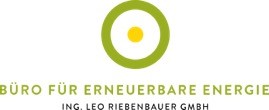

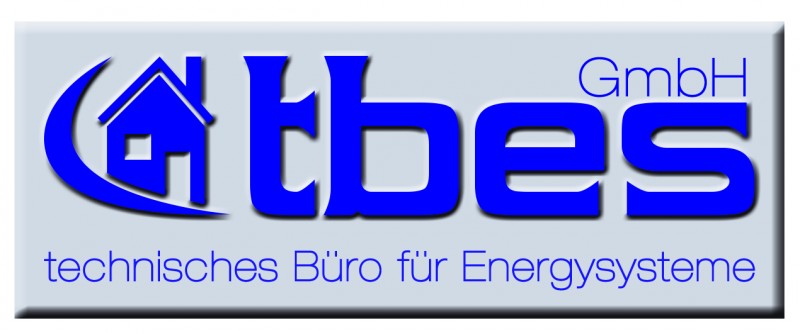


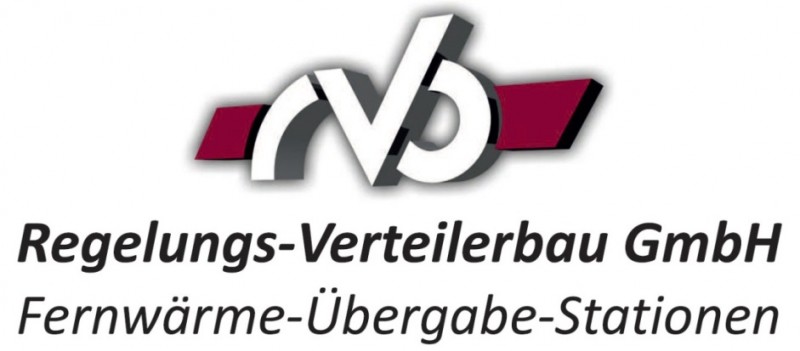
Ansprechperson

Klaus LICHTENEGGER
klaus.lichtenegger@best-research.eu

Markus GÖLLES
markus.goelles@best-research.eu
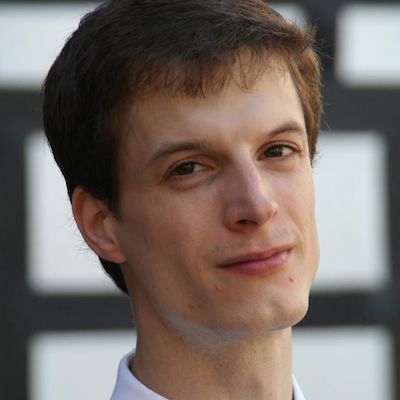
Daniel MUSCHICK
daniel.muschick@best-research.eu
Area Management
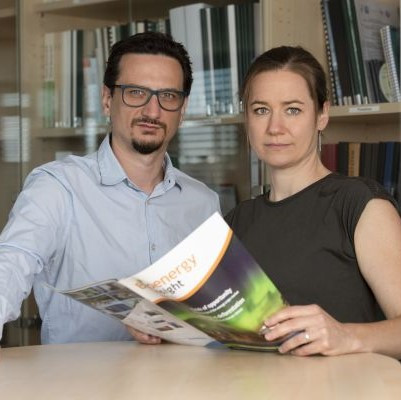
Elisabeth Wopienka / Manuel Schwabl
elisabeth.wopienka@best-research.eu manuel.schwabl@best-research.eu
